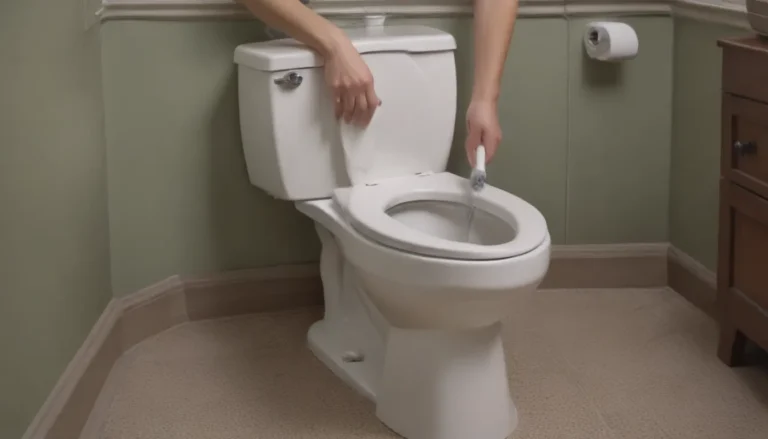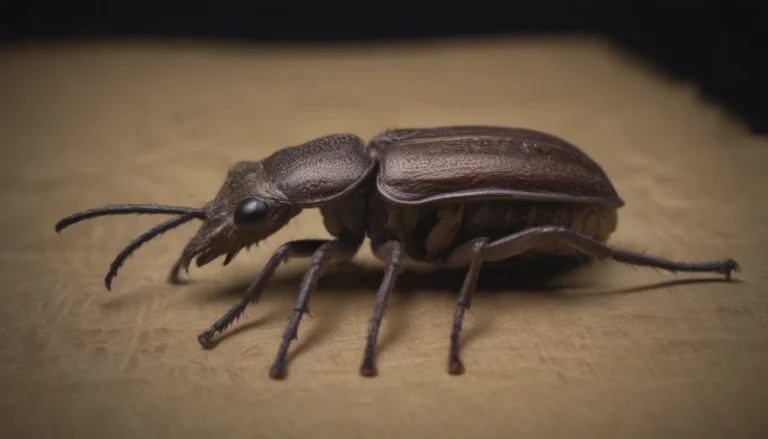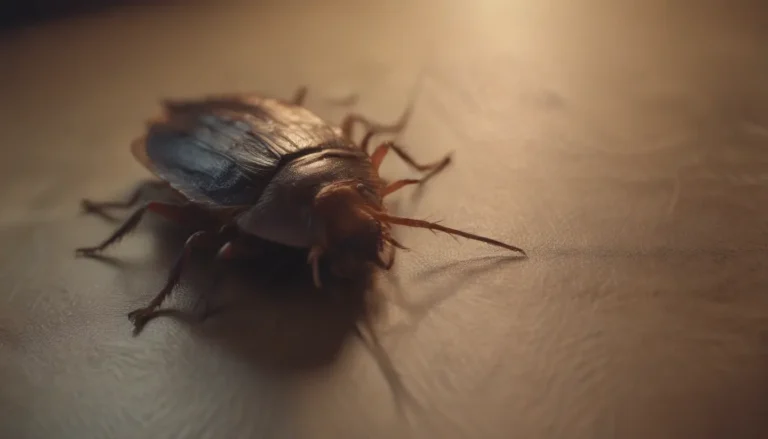Tackling Ant Infestations with DIY Traps

Ants may be tiny creatures, but they can cause a big headache when they invade our homes. From kitchen countertops to garden beds, ants have a knack for making themselves unwelcome guests. Dealing with an ant problem requires a strategic approach to ensure they stay outside where they belong. With the right tools and knowledge, you can effectively control ant populations in and around your home.
Why Are Ants So Resilient?
Ants are resilient pests that pose a challenge for homeowners looking to eradicate them. These creatures thrive in large numbers and are quick to adapt to changes in their surroundings. Different ant species have unique behaviors and reproductive cycles that make some more difficult to eliminate than others. Take, for example, the odorous house ant, commonly known as the sugar ant. This species is notorious for its resilience and ability to bounce back even after seemingly successful treatments.
Understanding the Ant Challenge
To effectively tackle an ant infestation, it’s crucial to understand the nature of the ants you’re dealing with. Misidentifying ants or using improper treatments can result in a recurring problem that only worsens over time. Many homeowners resort to DIY methods or over-the-counter products without realizing the complexity of ant biology. For instance, sugar ants belong to budding colonies that have multiple queens. Using generic ant sprays or baits may provide temporary relief but could lead to a resurgence of the ant population in the long run.
Before diving into ant control measures, it’s essential to approach the situation with caution and informed decision-making. Seeking professional help from pest experts can ensure proper identification of ant species and targeted treatments that prevent future infestations.
Pro Tips for Effective Ant Control
Here are some expert-recommended strategies to help you combat ant problems in your home:
- Regular Inspection: Conduct thorough inspections of your property to identify ant trails and nesting sites.
- Proper Identification: Determine the ant species you’re dealing with to choose the most effective control method.
- Strategic Placement: Position ant traps near high-traffic areas where ants are likely to forage.
- Patience and Persistence: Ant control requires time and consistency to achieve lasting results.
DIY Ant Traps: Simple Solutions for a Pesky Problem
Creating your own ant traps can be an economical and eco-friendly way to combat ant infestations. These DIY traps utilize common household ingredients to attract and eliminate ants effectively. Before setting up traps, ensure you have the necessary supplies and take precautions to keep them out of reach of children and pets.
Materials Needed
Depending on the type of trap you choose to make, gather the following supplies:
- Boric acid or borax
- Sugar water
- Powdered sugar
- Grease
- Small containers for bait placement
3 Effective DIY Ant Traps
Trap #1: Boric Acid and Sugar Water
- Mix boric acid with sugar water to create a potent bait for sugar-loving ants.
- Place the bait in shallow containers or bottle caps near ant entry points.
- Monitor the traps regularly and replenish the bait as needed.
Trap #2: Borax, Powdered Sugar, and Grease
- Combine borax, powdered sugar, and grease to form a protein-rich bait for protein-loving ants.
- Place the bait in areas where ants are actively foraging, such as kitchen cabinets or pantry shelves.
- Keep the traps out of reach of children and pets to prevent accidental ingestion.
Trap #3: Store-Bought Station
- Alternatively, you can purchase pre-made ant bait stations from hardware stores for a convenient solution.
- Select baits specifically designed for outdoor use and install them along ant trails outside your home.
- Follow the instructions on the packaging for optimal effectiveness.
Additional Tips for Ant Control
Even with DIY traps in place, you may still encounter stray ants in your home. Here are a few tips to enhance your ant control efforts:
- Leave Trailing Ants Alone: Allow trailing ants to carry bait back to their nest and share it with their colony.
- Spot-Kill Stray Ants: Use a cleaning solution to spot-kill ants found wandering on surfaces and eliminate pheromone trails.
- Maintain Cleanliness: Keep your home clean and free of food debris to deter ants from foraging indoors.
Conclusion
Dealing with ants can be a persistent challenge, but with the right strategies and tools, you can effectively control their population and prevent future infestations. By understanding the behavior of ants and implementing targeted control measures, you can create a home environment that is uninviting to these unwanted guests. Remember to be patient and consistent in your efforts, and don’t hesitate to seek professional assistance for severe infestations. With a proactive approach to ant control, you can enjoy a pest-free home for you and your family.





